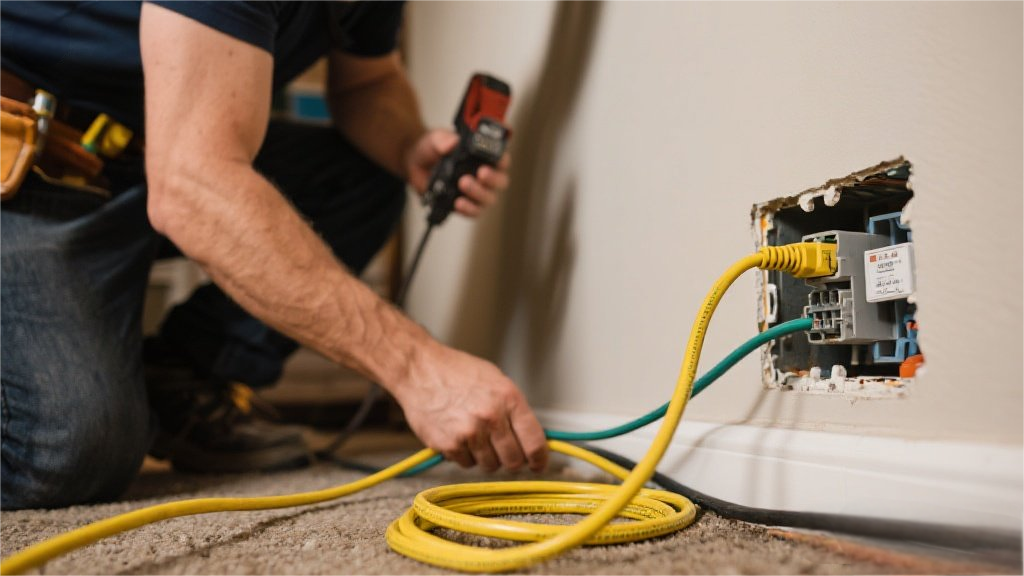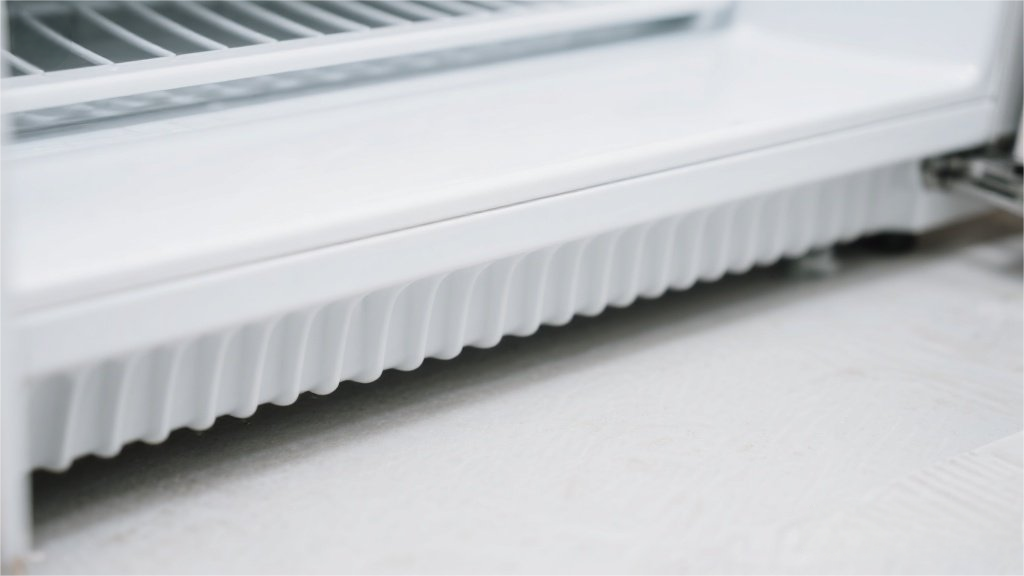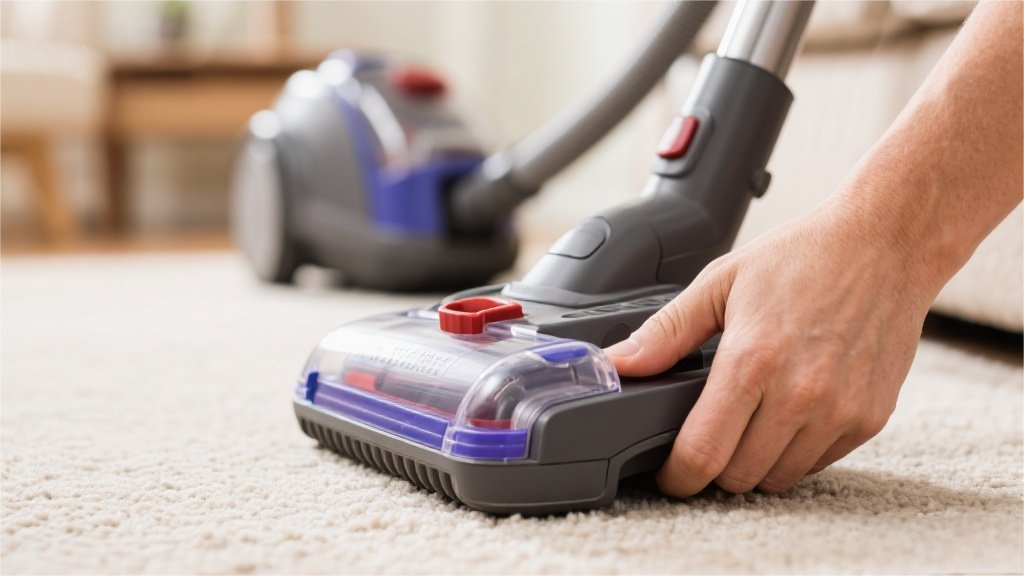"Your extension cord could be a ticking time bomb—and you probably don’t even realize it."
That’s the chilling warning I got from my electrician buddy after he saw how I was powering my home office setup. Turns out, most of us are making shockingly (pun intended) risky mistakes with extension cords—mistakes that could lead to fires, fried electronics, or worse.

After grilling him for insider knowledge, I’m sharing the 12 most dangerous extension cord mistakes—and how to fix them before disaster strikes.
1. Using Indoor Cords Outdoors
"Rain + indoor cords = a shocking disaster waiting to happen."
Indoor extension cords aren’t built to handle moisture, UV rays, or temperature swings. Yet, how many of us have dragged a basic cord outside for holiday lights or power tools?
✅ Fix: Only use cords labeled "Outdoor" or "W-A" (weather-resistant). Look for thick, rubberized jackets and covered outlets.
2. Overloading the Circuit
"Your cord isn’t a bottomless power buffet."
Plugging in a space heater, TV, and laptop charger into one flimsy cord? That’s a fast track to melted wires or a tripped breaker. Most standard cords max out at 1,500 watts—about what a hairdryer uses.
✅ Fix: Add up the wattage of all devices (check labels). If it exceeds the cord’s rating (printed on the jacket), unplug something.
3. Daisy-Chaining Cords
"Extension cord Inception? Yeah, that’s a hard no."
Plugging one extension cord into another might seem harmless, but it overheats the connections, increasing fire risk. Electricians call this "daisy-chaining," and it’s a top cause of electrical fires.
✅ Fix: Use a single, longer cord rated for your needs. If you need more outlets, opt for a power strip with surge protection.
4. Running Cords Under Rugs or Furniture
"Out of sight, out of mind… until it bursts into flames."
Trapping cords under rugs or couches traps heat, which can melt insulation and spark fires. Ever stepped on a warm cord? That’s a red flag.
✅ Fix: Route cords along walls or use cord covers designed for high-traffic areas.
5. Ignoring Damage or Fraying
"If your cord looks like it survived a zombie apocalypse, retire it."
Frayed wires, cracked insulation, or bent prongs aren’t just ugly—they’re electrical hazards. Yet, so many of us keep using them because "it still works."
✅ Fix: Toss damaged cords immediately. For minor wear, wrap with electrical tape as a temporary fix.
6. Using Cheap Dollar-Store Cords
"That $2 cord is a fire hazard disguised as a bargain."
Skimping on cords? Big mistake. Cheap, uncertified cords often have thin wires that overheat under load.
✅ Fix: Buy cords with UL (Underwriters Laboratories) or ETL certification. They’re tested for safety.
7. Leaving Cords Plugged in Unattended
"Your extension cord shouldn’t be a permanent roommate."
Leaving cords plugged in 24/7, especially with high-draw devices (like space heaters), risks overheating.
✅ Fix: Unplug when not in use, or use a smart plug to cut power remotely.
8. Using the Wrong Gauge for High-Power Devices
"Not all cords are created equal—thicker wires handle more juice."
Thin cords (like 16-gauge) can’t safely power tools or appliances. Need to run a fridge or air compressor? You’ll need a 12- or 14-gauge cord.
✅ Fix: Match the gauge to your device’s power needs (check the manual).
9. Ignoring Cord Length Limits
"Longer cords = more resistance = potential overheating."
Extension cords lose efficiency over distance. For high-power devices, keep runs under 50 feet to prevent voltage drop and heat buildup.
✅ Fix: Use the shortest cord possible for the job.
10. Plugging High-Wattage Appliances into Light-Duty Cords
"Your microwave deserves better than a flimsy cord."
Air conditioners, microwaves, and space heaters need heavy-duty cords (12- or 14-gauge). Using a thin cord can melt it.
✅ Fix: Reserve light-duty cords for lamps and phone chargers.
11. Not Securing Loose Cords
"A dangling cord is a tripping hazard—and a pet’s chew toy."
Loose cords invite accidents (pets, kids, or your own clumsy feet).
✅ Fix: Use cord clips or cable ties to secure them along walls.
12. Using Old, Outdated Cords
"If your cord predates smartphones, it’s time to upgrade."
Older cords may lack modern safety features like surge protection or grounded plugs.
✅ Fix: Replace cords older than 5–10 years, especially if they feel hot during use.
Final Thought: Don’t Play Russian Roulette With Your Outlets
Extension cords are temporary solutions, not permanent wiring. Treat them right, and they’ll keep you—and your home—safe.
Which of these mistakes have YOU made? (Be honest—I’ve done at least half!) Drop your confessions in the comments.
























